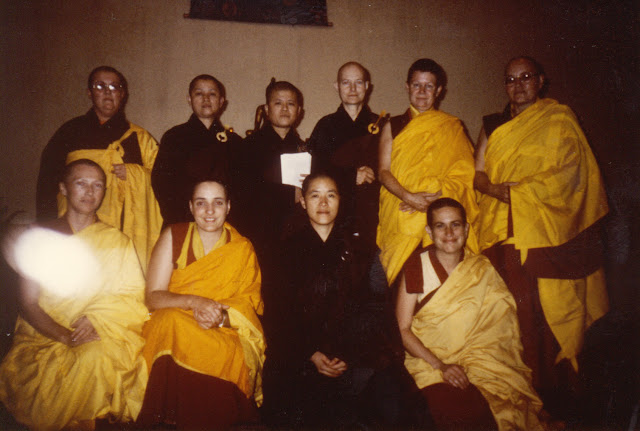Author Anonymous
 |
| Vesak Day honors the birth, Enlightenment, and death of the Buddha. |
It is very useful to regularly reflect on how the things we do affect our minds. When you have done something well, how do you feel about it? There is a feeling of satisfaction and happiness. In turn, this feeling of happiness supports your daily practice, as well as a cause for a successful meditation practice. When we know what habits support the generation of good states of mind we are inclined to develop those habits.
Again and again, looking at the mind, we can see that the actions, tendencies, and habits are very important. The actions and habits we cultivate in the mind are all important factors contributing to the success of our meditation.
Today being the day we commemorate the birth of the Buddha
(Vesak), I want to recount a story that will remind us of the qualities that the Buddha possessed.
This is the story of Patacara, a very important female disciple of the Buddha. In fact, she became the chief disciple of the Buddha with the role of taking care of the training of the monastic rules
(vinaya) for female disciples, i.e. the
bhikkhuni sangha. According to the story, once she realised all that had to be realised, she became the
vinaya expert
. Over time Patacara had a huge following of female disciples and students, all of whom also bore the name of Patacara.


























